
I used to work as a server at a popular Santa Monica restaurant called Esters Wine Shop & Bar. It’s one of the better jobs I’ve had. Management was chill, the food was good (get the grilled cheese) and I sampled wine I wouldn’t have had access to. Through this job, I learned about customers’ consumption habits, and one thing that struck me was the grip red wine has on people, regardless of the temperature or the food they’re drinking it with.
Yes, I can serve you a glass of Napa cabernet sauvignon on this 80-degree day to go with your hamachi crudo, but may I suggest something lighter?
White wine was always the harder sell, and my guess is that it isn’t taken as seriously as red wine. Which is a shame, because a glass of crispy Albariño on a hot summer day is *~bliss~*
But let’s just say, you don’t like the taste of white wine. Let’s dissect that, because white wines - like reds - come in different flavors, acidity levels and weights, from juice-box dupe, Vinho Verde, to full-bodied oaky Chardonnay. If you *think* you don’t like white wine, maybe you don’t like wines that are:
High in acidity
Fruit-forward
Lack a certain weight or mouthfeel
Because I am a white wine evangelist who loves high-acid, grapefruit-y, easy-drinking white wines that mimic Capri Suns…I am biased. So I called in some experts and went to a few wine shops around Los Angeles, so that the next time you’re looking at a wine list at a restaurant or buying a bottle for home, you can confidently choose a white wine variety that may have you sipping and swirling indefinitely.
Let’s begin.
1) The Wine Group Text
I texted the group chat, specifically, my former WSET Level 3 (a wine accreditation program) classmates, who are some of the smartest and most opinionated people I know regarding wine. Last October, we were in the trenches trying to pass our wine-tasting and theory exams, so I knew this was going to be good.
Chantelle, Kathy and Mike from the group text recommended a Rhône white, like a Viognier, a Marsanne or a Roussanne (you can usually find the latter two blended) which are aromatic, full-bodied white wines, with lowish acidity and stone fruit flavors. Viognier from Condrieu (North Rhône) is a fabulous pick, but don’t expect it to be less than $30 a bottle retail.
This region sits in the southeast pocket of France where it gets plenty of sunshine and warmth, and if you only learn ONE THING from this post, know that the warmer an area is, the more likely the wine is going to have lower acidity due to the fast ripening of the grapes. Cooler temps retain a grape’s acidity. Warmer temps flatten it, and instead of the mouth-watering sensation you’ll get when there’s high acidity present, these wines will often taste rounder and softer in your mouth.
The Rhône Valley in France is known for making fuller-bodied red wine varieties, so if you’re a fan of Syrah, Grenache and Mourvedre, you might just like their white wines.
Other picks included white Rioja from Spain, which is aged in American oak and takes on a sort of nutty flavor and a bit of tannin (a compound found mostly in red wines that makes your mouth go dry), and a full-bodied Savennières, which is made from the non-aromatic chenin blanc grape in the Loire Valley (France). If you find a bottle, share it with me, because it is not cheap.
2) The Wine Shops
My first stop was at Stanley’s Wet Goods, where the clerk showed me their most popular white wine: Riesling. Perhaps one of the most misunderstood varieties, riesling is a great choice for non-white wine drinkers, specifically ones that are bottle-aged and take on less fruit-forward flavors, like honey, butterscotch and pine. I didn’t have the ~budget~ to buy an aged riesling, so instead, I picked out this bottle as a gift for a friend who LOVES white wine.
My next stop was Bar & Garden, a natural wine and spirits shop where I used to work. After perusing the aisle, I spotted it: a $20 Bordeaux Blanc. This bottle was mine. When in doubt, go to a famed red wine region, like Bordeaux, and taste their white wine varieties. This bottle is a blend of Sauvignon Blanc, Sémillon, and Muscadelle. In cooler regions like Sancerre, Sauvignon Blanc grapes produce wine with high acidity. BUT go a few degrees south to Bordeaux, and you’ll find Sauvignon Blanc made in low-acidity styles.
But I wasn’t done searching yet; I wanted to buy one more bottle to taste test later that night with friends who were joining me at Los Angeles County Museum of Arts (LACMA) jazz night. It’s BYOB.
I journeyed only a few blocks away to Hi-Lo Liquor Market where I picked up a $17 bottle of Arneis, an Italian white grape varietal. This was a risk, as Arneis is grown in Piemonte, and is located in northwest Italy. Remember, the cooler the region, the more likely the grapes will retain their acidity and produce wines high in acid. But I knew it could still be a contender, as the wine is medium to full-bodied and has an alcohol level of 13.5%, which is high for white wine.
The Taste Test:
Clocking in at 12.5% ABV, the 2022 Château Graville-Lacoste Bordeaux Blanc was a fruit bomb, if you like peaches, nectarines and tropical fruit. Highly aromatic, this wine was medium-bodied, with medium acidity. A decent choice, but lighter than expected.
Next, we tasted the 2020 Marco Porello Roero Arneis DOCG (link goes to a 2022 vintage). A friend said it tasted like applesauce, and she wasn’t far off. Yellow apple, pear and peach dominated the flavor profile of this wine, with a little bit of almond, which kept it interesting. This wine was fuller-bodied than the Bordeaux Blanc, and had a rounder mouthfeel.
We couldn’t agree which one we preferred. Both bottles were slightly disappointing and probably would have been better with a little aging or oak. But for the price point, they weren’t bad picks.
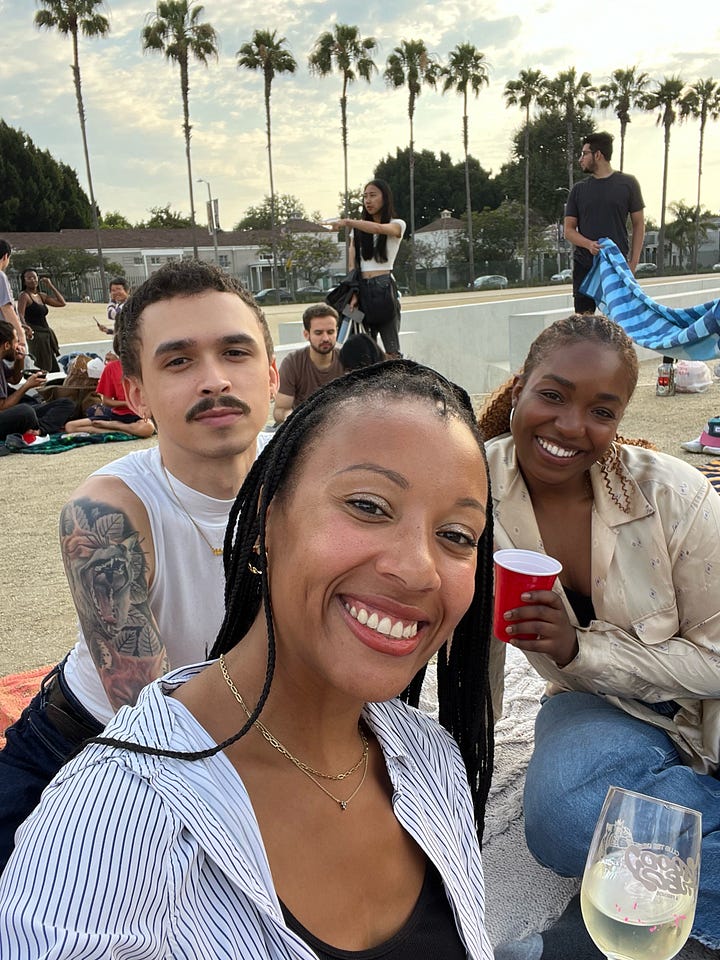
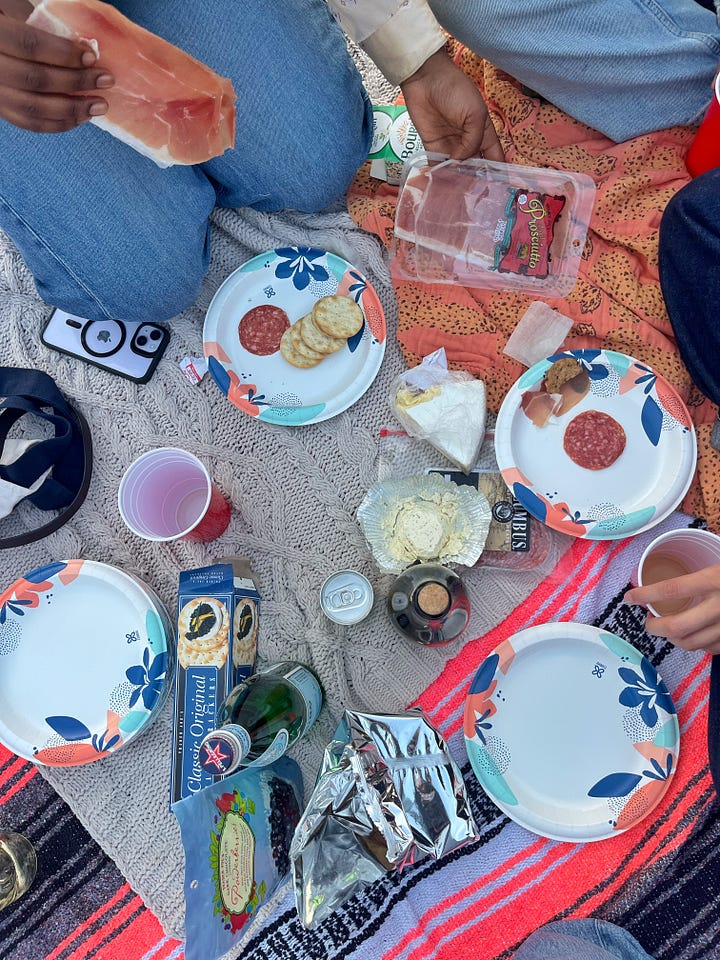
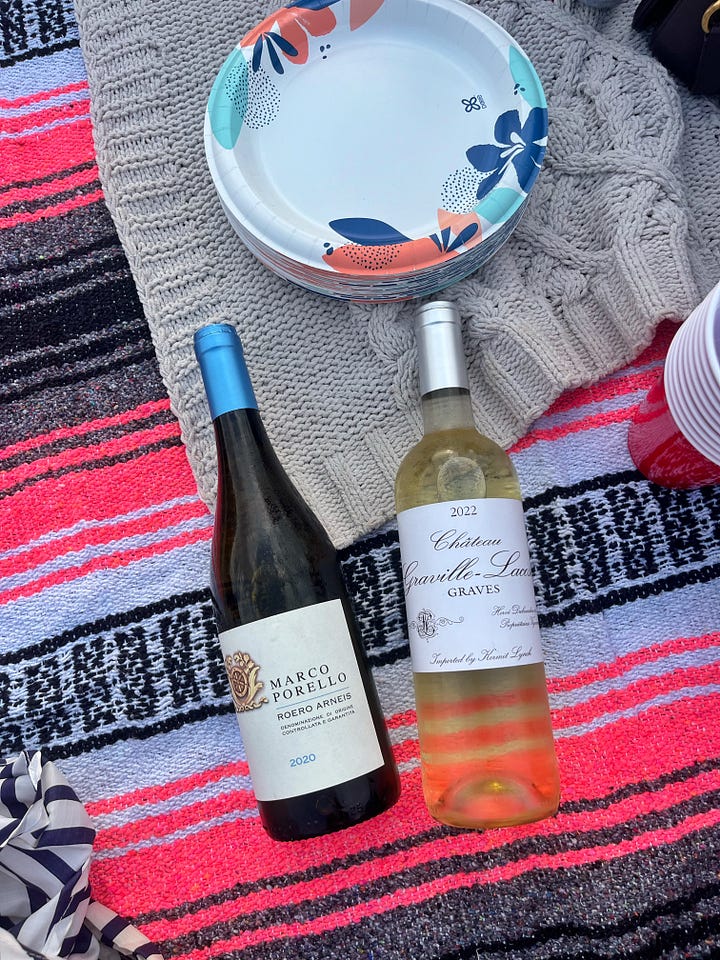
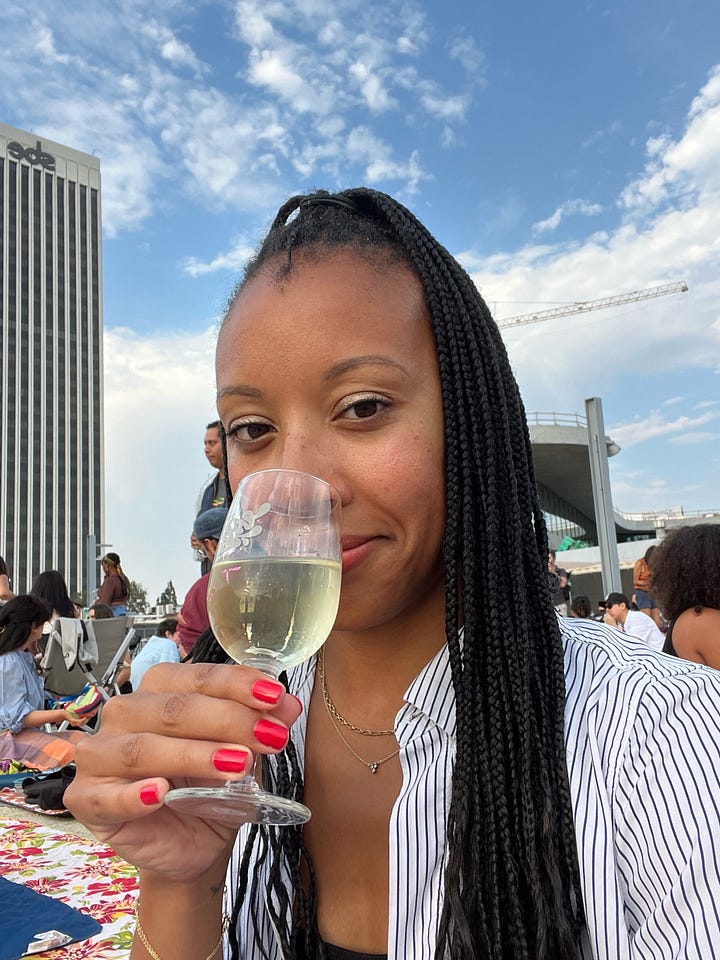
3) The Sommelier
Finally, I asked Marianna Caldwell, the sommelier at Cassia, which is the sister restaurant to Esters Wine Shop & Bar, what she recommended. Her answer was probably the most obvious choice of them all: orange wine, a.k.a. skin-contact white wine. This style of wine is made like red wine, in that the grape skins ferment with the grape juice for a length determined by the winemaker, and this results in a wine that has a little more body and grip to it (tannins!).
I’m not ready to have a conversation about orange wine. Call me a hater. But maybe this is another adventure and search in the making.
Next lesson: “Let’s Give Orange Wine a Chance.”
R.E.W.D.
What I’m Reading, Eating, Watching and Drinking this week…
Reading: “Real Self Care: A Transformative Program for Redefining Wellness (Crystals, Cleanses, and Bubble Baths Not Included” by Pooja Lakshmin, MD
The term, “self-care” has been thrown around so much in our lexicon since 2016, that it’s almost been rendered meaningless. I get prickly when I hear the word “self-care,” but reading this book from psychiatrist Dr. Pooja Lakshmin has given me a broader perspective. I already know that my tarot cards won’t save me in a society that’s been built for inequality, or that yoga won’t cure my burnout when there are systemic structures in place enabling it, but it’s nice to be validated and pick up some internal tools to help move through this world.
This quote from writer and activist Audre Lorde stuck with me:
“Your power is relative, but it is real. And if you do not learn to use it, it will be used against you, and me, and our children. Change did not begin with you, and it will not end with you, but what you do with your life is an absolutely vital piece to that chain.”
Eating: Homemade pizza (Dough recipe from The Kitchn)
There are zero pictures of the many thin-crust pizzas I’ve consumed this past week, mostly past 9:00 p.m. Once you make and proof the dough, which is a very simple recipe of flour, water, yeast and salt, you have the building blocks to make a fast and easy lunch/dinner/schnack. Go wild.
Watching: “Six Schizophrenic Brothers” on Max
Oof. This was a hard watch. As the title implies, six out of the 12 Galvin siblings were diagnosed with schizophrenia which had devasting implications for their family. I thought this documentary was well done, and was surprised that it included interviews with three of the affected siblings who are now in nursing care. It’s an interesting look at the nature vs. nurture debate, with no real clear answers.
Drinking: Tazo’s English Breakfast Black Tea with Trader Joe’s Non-Dairy Oat Creamer Brown Sugar Flavor
I’m trying to wean myself off of coffee during the weekends, but still get the jolt of caffeine that I’ve been addicted to since post-grad. The fact that I never drank coffee in college blows my mind. Truly, a 9-5 did this to me.
This has proven to be a good substitute for now, but nothing (nothing) will ever compare to the sweet and creamy taste of my beloved iced coffee.
See you next week, and at the end of the day, ~ drink what you like ~.





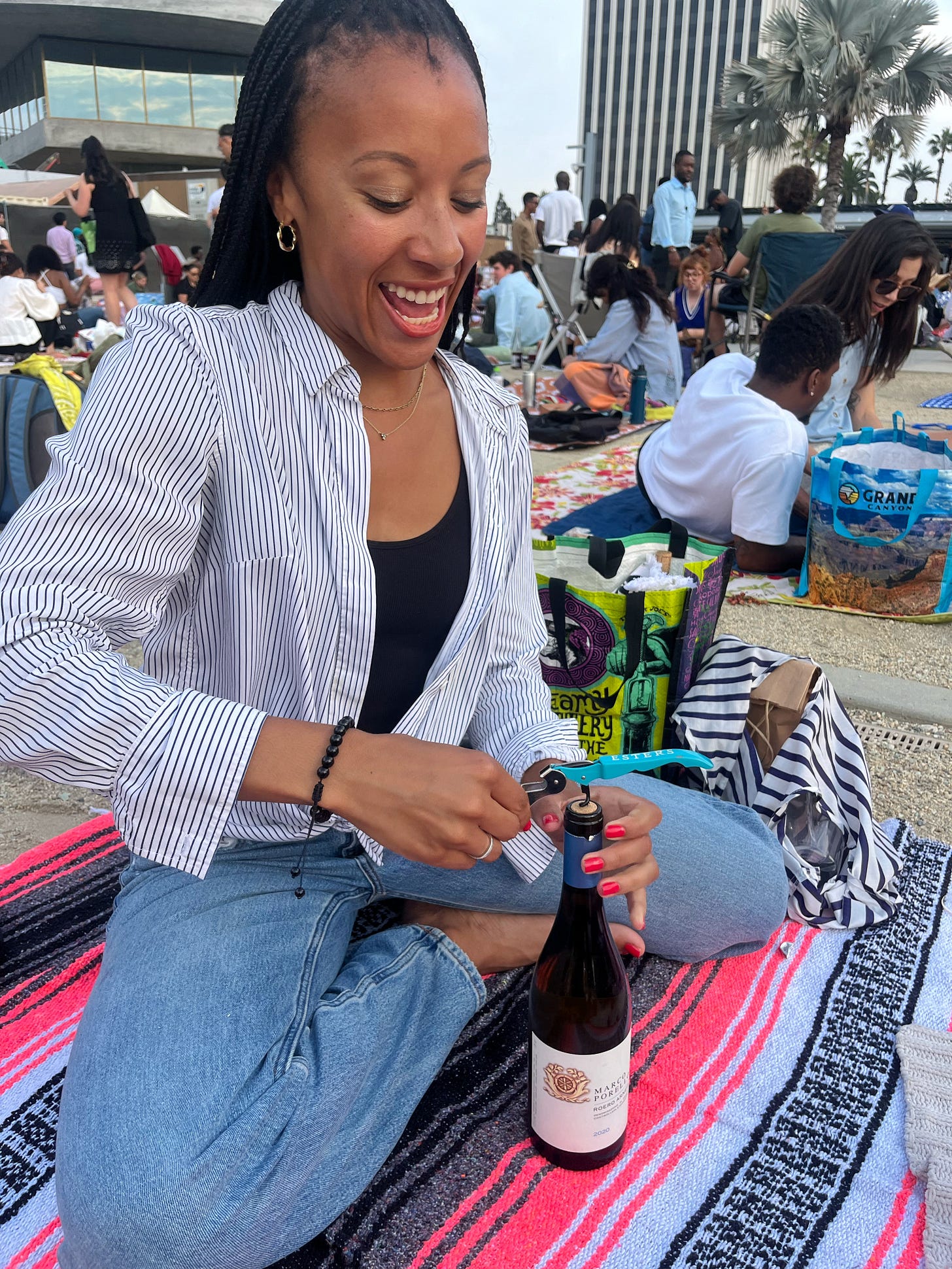
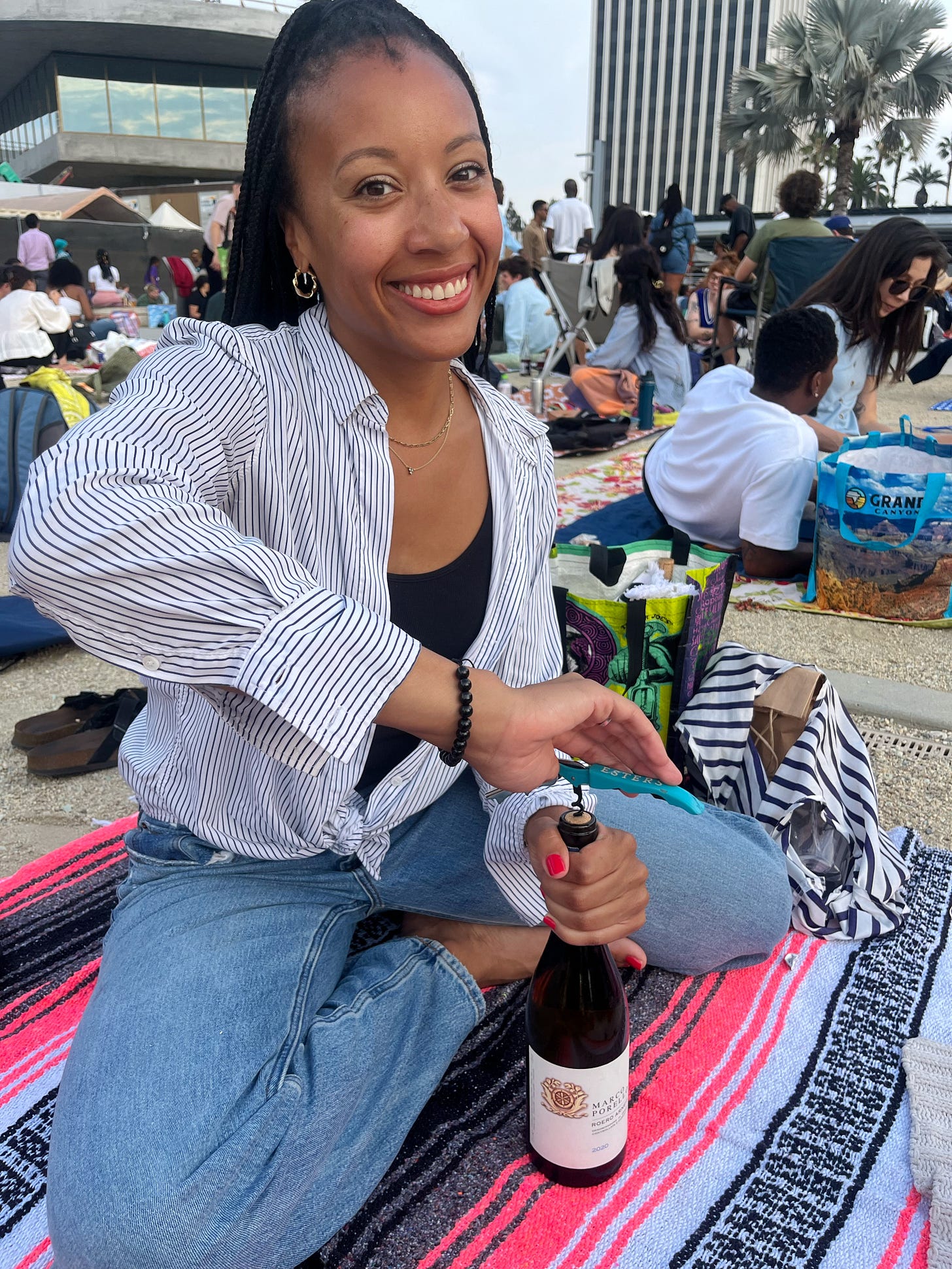
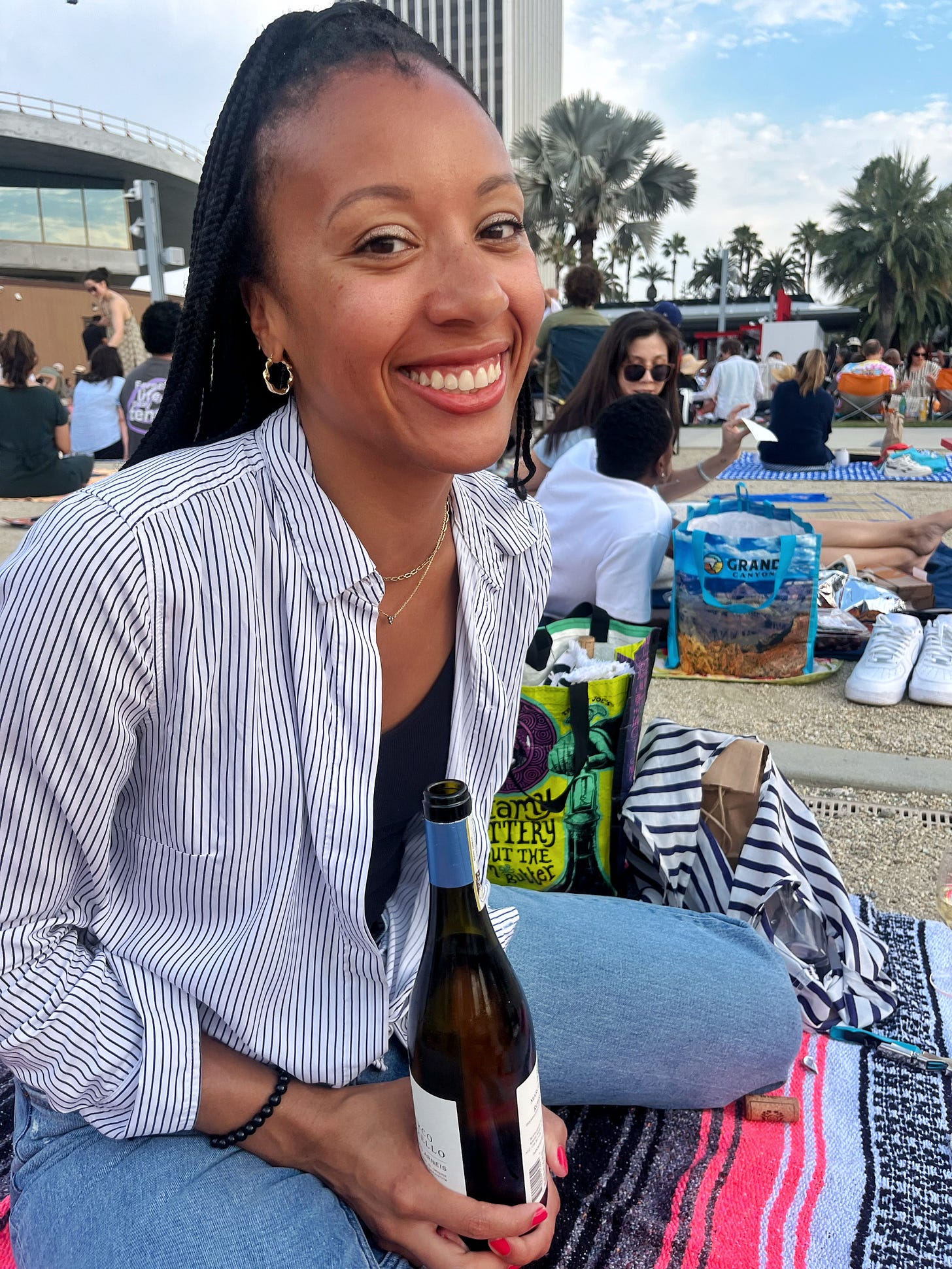
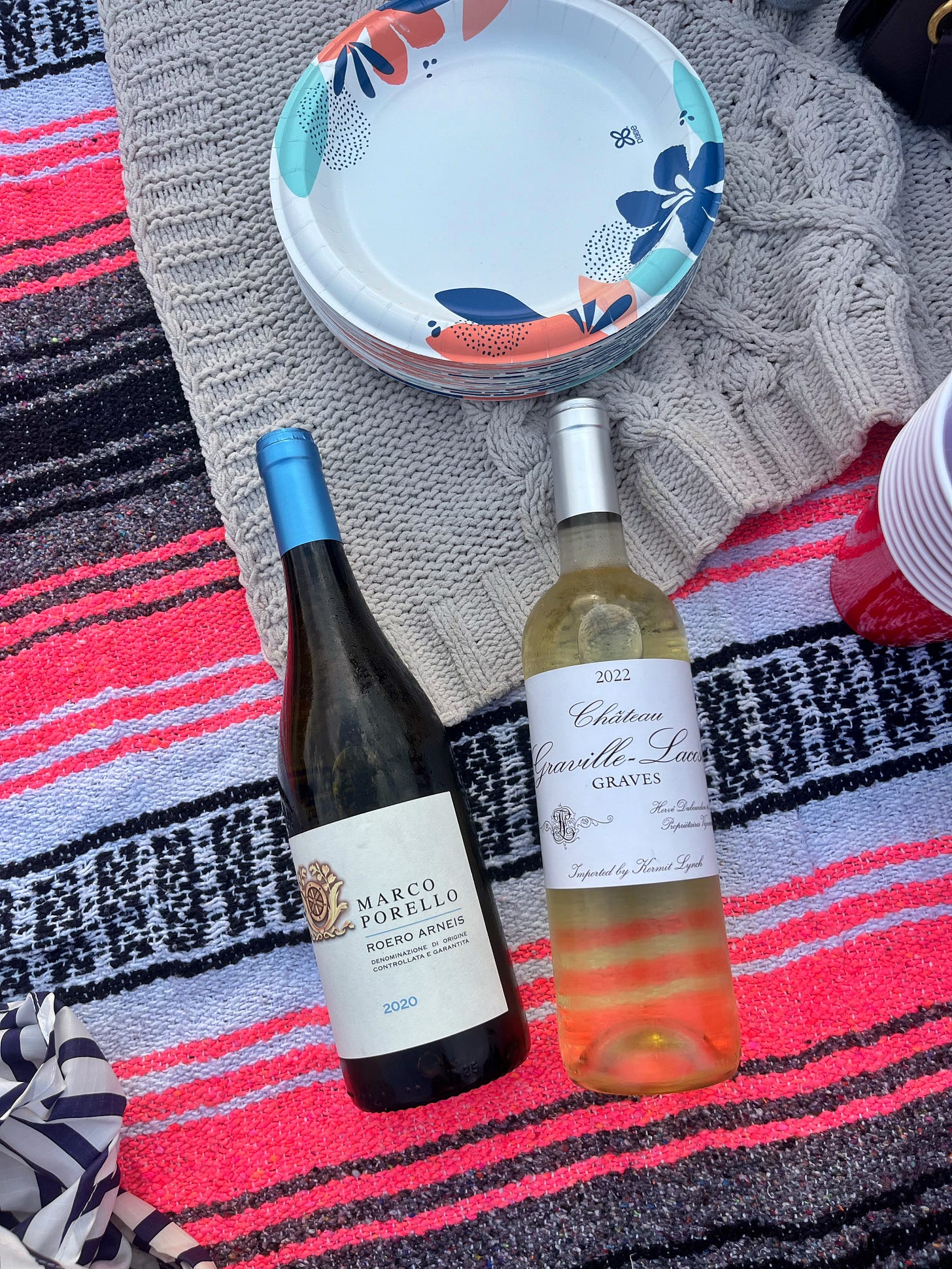
Oh my goodness, loved this post for so many reasons, including but not limited to:
-Stanley’s was mine and one of my girlfriend’s second home in 2019. I am not exaggerating when I say we drank our way through their entire rose collection every Monday that year — one of the employees recycled our empty bottles for the window display.
-I watched and loved (though I feel weird using that word here) Six Schizophrenic Brothers. Fascinating and beyond tragic.
-Team Orange Wine! 🧡